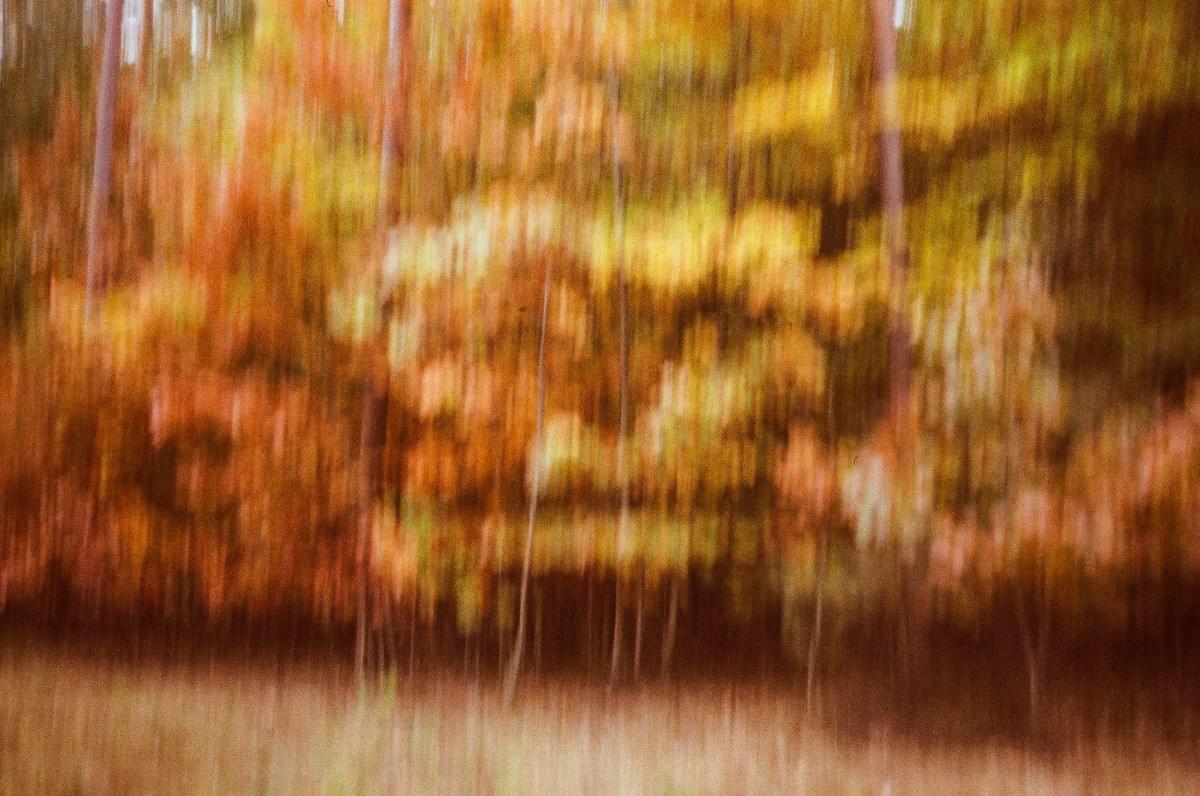J. looked at me with a strange expression on his face, when I showed him my new purchase.
"You’re going to take photos with that? A small, plastic analog camera?"
That’s exactly my plan.
In a world, where you can have the best equipment that sharpens every detail to perfection, I like more and more to follow the impulse and the need to capture something quickly and intuitively, without setting parameters or measuring the light.
With a camera that I can put in my bag and not even feel that I’m carrying it.
(I can’t look at a phone screen in the same way I look through the viewer of a camera. When I bring the glass close to my eye, the camera becomes an extension of me — of how I see and what I feel in that moment. Anticipating the question.)

In the last class I heard a few things that really resonated with me (thanks, Erwin).
About how the best portraits happen, when we slightly cross the personal space of the photographed person — when we’re a little too close to feel comfortable.
About how, in a portrait, both the model and the photographer must want to give something of themselves, because otherwise there will be no connection, no trust — without which a good portrait isn’t possible.
The thread that connects us for a second must be tense. And finally: a portrait is made to avoid the feeling of loss (if it wasn’t taken).
So “simple”.


